Exploring the Carcass of Copperopolis
24/3/2014
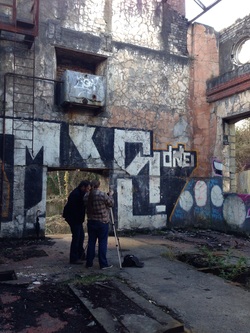 Yesterday I took a trip to the Lower Swansea valley, amongst other places, with Adam Sillman and Richard James Jones. The three of us were scouting out locations for an upcoming project, and Rich had suggested going to the site of the former Hafod Copperworks – 12-acres of land on the banks of the River Tawe which was once home to the largest copperworks in the world. Although some might suggest that Swansea is better known for its record-breaking 180% rise in heroin use than its former position as the epicentre of the world's copper industry, 'Copperopolis' has enjoyed more newspaper space in recent years – especially since the 200th anniversary of the production of the first ingot was celebrated in 2011. Thanks to a partnership between the city's university and council, the Grade II-listed buildings that remain on the former works site are currently in the middle of a massive renovation project, with rotten timbers being removed, loose brickwork being reconstructed and overgrown vegetation being cleared. I hadn't been to that area of the Hafod for a number of years, and the difference was astounding. A new stone pathway snakes up the side of the two engine houses (1860 and 1910), with a viewing platform pause half-way up so the residents of Swansea can finally take a closer look at these two iconic buildings. However, as you may be able to tell from the photograph above, this wasn't close enough for us. A quick fence-hop later (there aren't actually any signs indicating that we were breaking any rules, but I suppose the implication is always there) and we were staring at the remains of a Musgrove Uniflow Engine inside the 1910 Engine House. I've since found a photograph of the same room, dated 1970. As you can see, the decades haven't been kind. Owned by the Vivian family, by 1886 the copperworks was employing 3,000 people, of which 1,000 worked at this site. The works continued rolling copper until it closed in 1980, and the three decades that passed between closure and Cadw's intervention brought with them rust, rot and decay – three ingredients which, when accompanied by the almost-silence of a place that has forgotten the touch of human hands, always make for a haunting experience. Standing inside abandoned buildings always brings to mind the Izumi Shikibu poem 'Although the wind...' (although less so, I must admit, beneath the industrial monoliths of Copperopolis yesterday, but I don't want to pass up an opportunity to share one of my favourite poems):
Although the wind blows terribly here, the moonlight also leaks between the roof planks of this ruined house. Details of our as-yet-unnamed poetry project will be revealed (hopefully) very soon. If this post has pricked your interest in the history of Swansea as centre of the copper world, I'd recommend picking up a copy of the excellent Copperopolis: Landscapes of the Early Industrial Period in Swansea by Stephen Hughes to read more.
0 Comments
Leave a Reply. |
Categories
All
Archives
January 2024
|
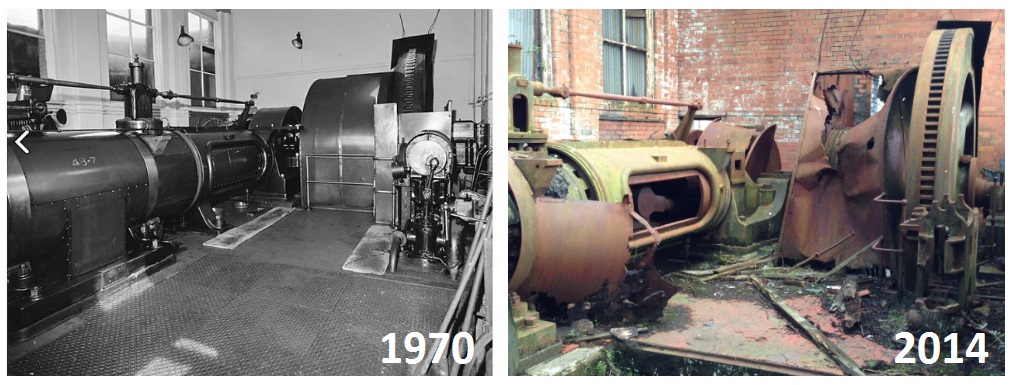
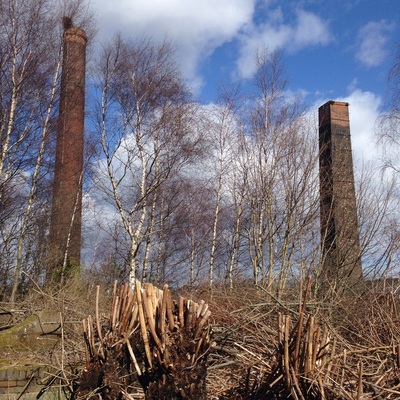
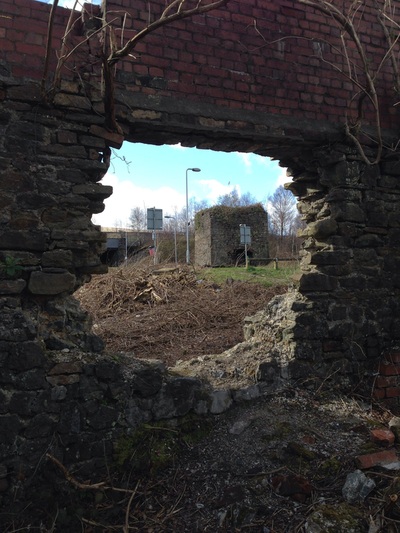
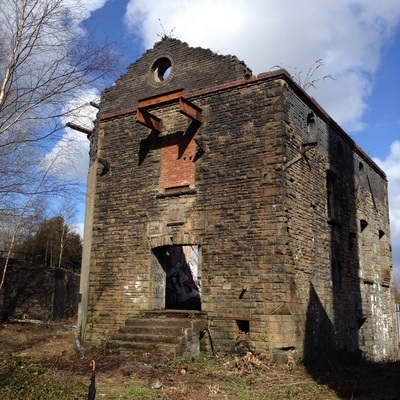
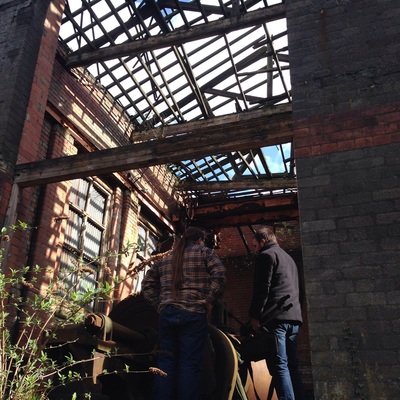
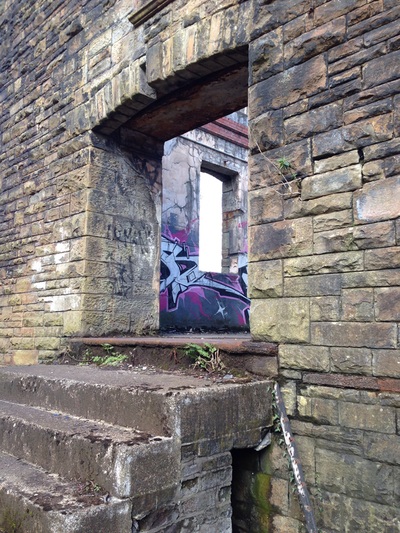
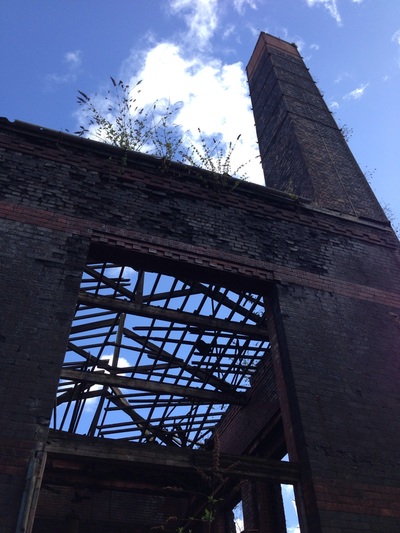
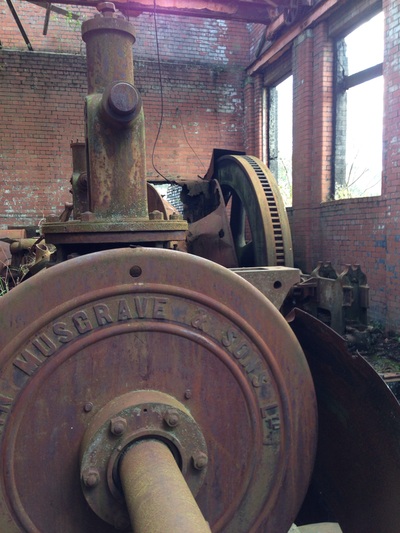
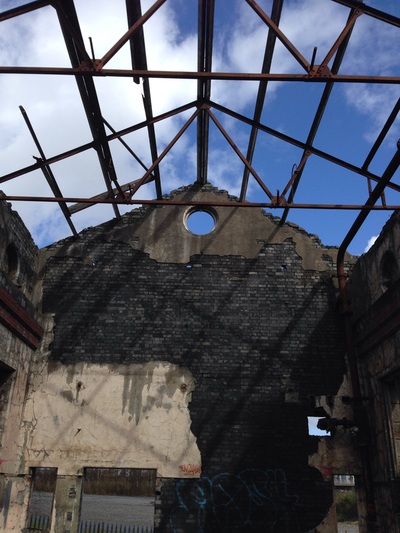
 RSS Feed
RSS Feed
